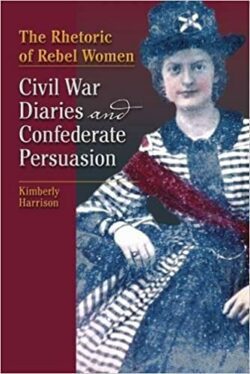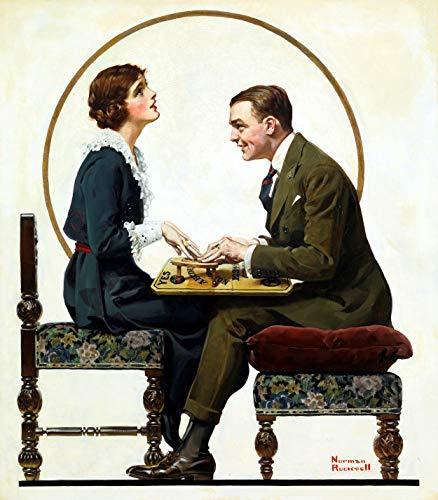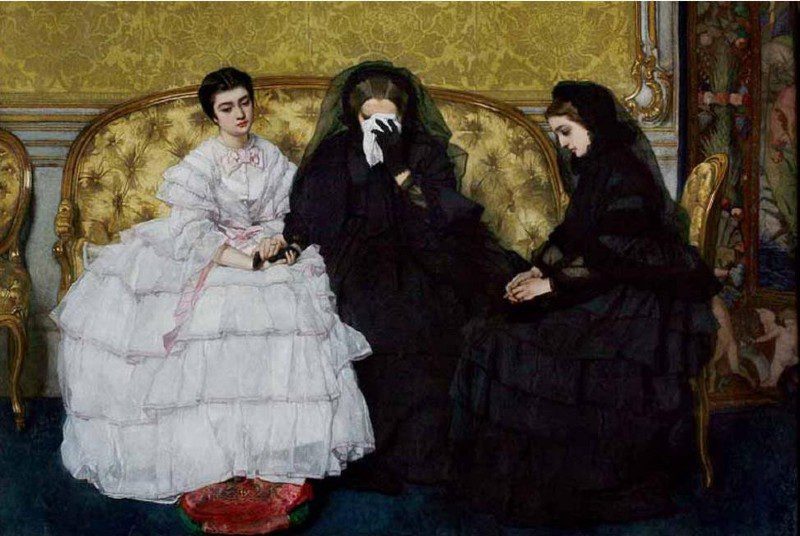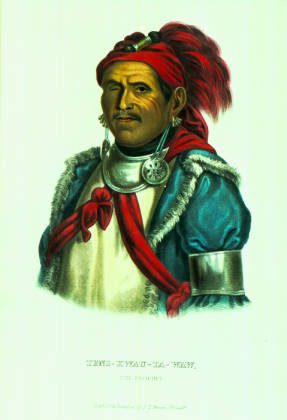These pages are dedicated to the often misunderstood 19th and early 20th century of America. I will share various tidbits of America’s turbulent history, from the impacts of mass dying events, such as pandemics and war, to wars, and Victorian American death culture.
Mass grief and mourning from mass dying events unite those left behind to create new forms of government, spawn religious plurality, and help to define nationalism and Americanism. Women, Native Americans, and African Americans share intricate histories along with other marginalized communities, particularly on the Western Frontier. Yet, it was a “white man’s world” and this blog is dedicated to giving these communities a voice. These deaths spurred the American Spiritualists Movement, occultism in America, religious plurality, social reforms, and the nativist religious reform of the Ghost Dance Movement.
We will examine death culture as it relates to witchcraft, hauntings, and occult histories, and other alternative forms of American religious plurality. You will find short articles, research aides, bibliographies, annotated bibliographies, book reviews, blog posts, books, and more dealing with death, dying, and the afterlife through American history.

As a Death Historian, Stephanie is keenly interested in the impacts of mourning on American culture, religious plurality, nationalism, and Americanism. Specializing in Women’s and Native American Studies, and the Western Frontier, Stephanie has worked extensively on the histories of the American Spiritualists Movement and the Ghost Dance Movement, as well as witchcraft, hauntings, spirit communication, and occult histories.
As with mediums, so with historians, we are striving to give a voice to those who came before.
Latest Articles

Hell, Hath No Fury: 15 Insatiably Murderous Victorian Women
We humans have an odd fascination with death and murder in our literature, and later in our newspapers tracing back to the Antebellum and Victorian

The Women of the American Civil War Annotated Bibliography
The experiences of women during the American Civil War has varied greatly, and the many ways in which historians have interpreted their involvement has met

Women History Forgot Part Three
#3 Anna Strong As the Revolutionary War heated up in the Colonies of America, everywhere patriots looked they were surrounded by Redcoats living in close

Women History Forgot Part Two
#2 Mary Elizabeth Bowser During the horrors of the Civil War, Mary Elizabeth Bowser, born Mary Jane Richards, was a slave on the Van Lew

More recent Posts

Bibliography on Women of the Civil War

Women History Forgot Part One

Radical Spirits: Spiritualism and Women’s Rights in 19th Century America


Annotated
Bibliographies
The Women of the American Civil War Annotated Bibliography
Bibliography on Women of the Civil War
Book Reviews

Radical Spirits: Spiritualism and Women’s Rights in 19th Century America
Ann Braude, Harvard Divinity School Women’s Studies professor, wrote, Radical Spirits: Spiritualism and Women’s Rights in 19th Century America, in 1991, for Beacon Publishers. The work, Radical Spirits, highlights spiritualism, and spiritualists, rise to prominence in America, with the primary focus on women’s suffrage historiography and the impacts of spiritualists themselves on equality for women.[1] Braude demonstrates time and again that key figures could affect great change, such as the Fox Sisters, Laura Cuppy, and Victoria Woodhull, who ran for president thus pressuring the American political machine to recognize women’s abilities, activism, suffrage, and rights.

The Rhetoric of Rebel Women: Civil War Diaries and Confederate Persuasion
Harrison, Kimberly. “The Rhetoric of Rebel Women: Civil War Diaries and Confederate Persuasion,” Southern Illinois University Press, 2013, ProQuest eBook Central, https://ebookcentral-proquest-com.ezproxy.snhu.edu/lib/snhu-ebooks/detail.action?docID=1402889. Kimberly Harrison examines

The Gods of Prophetstown: The Battle of Tippecanoe and the Holy War for the American Frontier
Adam Jortner examines the impacts of William Henry Harrison’s war against the Shawnee Prophet, Tenskwatawa and his brother, the Great Shawnee War Chief Tecumseh, for

Part Two: Death, Mourning, World War
There are two books that I feel should be required, or at the very least offered as optional reading material. Each aid in helping students
Reference Material

The Women of the American Civil War Annotated Bibliography
The experiences of women during the American Civil War has varied greatly, and the many ways in which historians have interpreted their involvement has met

Bibliography on Women of the Civil War
Bibliography Blanton, DeAnne, and Lauren M. Cook. 2005. They Fought like Demons: Women Soldiers in the American Civil War. Stroud: Sutton. Blight, PhD., David. “David

Radical Spirits: Spiritualism and Women’s Rights in 19th Century America
Ann Braude, Harvard Divinity School Women’s Studies professor, wrote, Radical Spirits: Spiritualism and Women’s Rights in 19th Century America, in 1991, for Beacon Publishers. The work, Radical Spirits, highlights spiritualism, and spiritualists, rise to prominence in America, with the primary focus on women’s suffrage historiography and the impacts of spiritualists themselves on equality for women.[1] Braude demonstrates time and again that key figures could affect great change, such as the Fox Sisters, Laura Cuppy, and Victoria Woodhull, who ran for president thus pressuring the American political machine to recognize women’s abilities, activism, suffrage, and rights.

The Rhetoric of Rebel Women: Civil War Diaries and Confederate Persuasion
Harrison, Kimberly. “The Rhetoric of Rebel Women: Civil War Diaries and Confederate Persuasion,” Southern Illinois University Press, 2013, ProQuest eBook Central, https://ebookcentral-proquest-com.ezproxy.snhu.edu/lib/snhu-ebooks/detail.action?docID=1402889. Kimberly Harrison examines